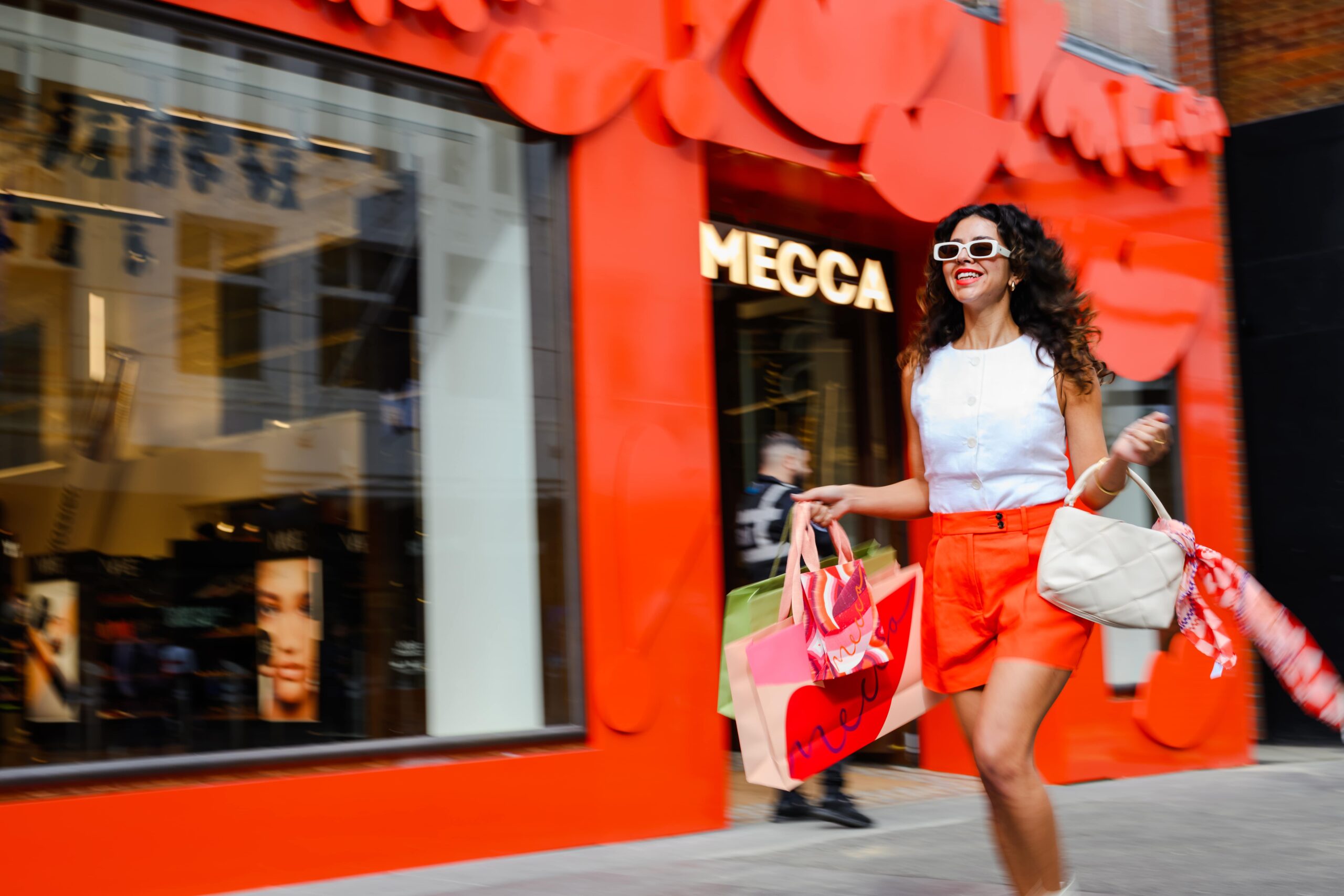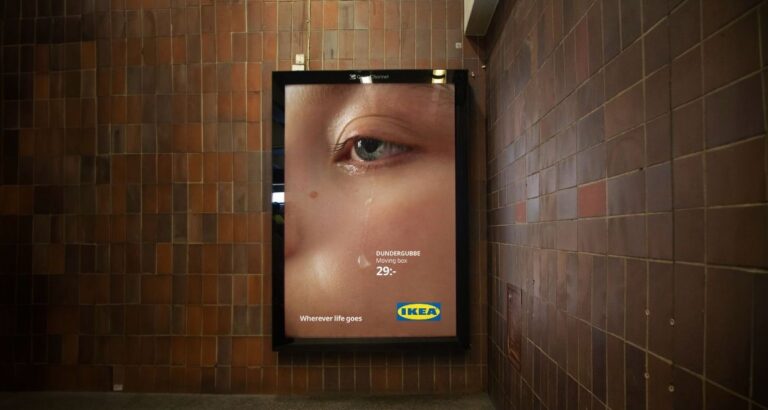Christmas in July has become a quirky tradition that brings the festive spirit to Australia’s winter months. It’s a time for cosy celebrations and mid-year cheer, and as a British blow-in it just doesn’t feel like Christmas when its 35 degrees outside. But as we tick over into a new financial year, it’s a timely reminder for marketers – the real Christmas season is now less than six months away. Where has this year gone!
In recent years, the last quarter has become a high-stakes game for marketers, with spending events like Black Friday, Cyber Monday and now Singles Day, turning the season into a spending frenzy. Last year, Aussies spent over $107 billion in retail during the fourth quarter, with Black Friday alone seeing nearly $9 billion in sales, a whopping 22% jump from 2022. With consumer wallets wide open, this is a make-or-break moment for brands.
Planning your advertising strategy for Christmas is like preparing for the Christmas grand feast or gearing up for a big game. You need the right mix of ingredients and tactics to ensure everything comes together perfectly. Gone are the days of last-minute scrambling; now, optimal media mix is essential for maximising return on your advertising spend. Success or failure can hinge on these decisions, so the time to act is now.
TV and digital have long been the festive media heavyweights. But with linear TV audiences in significant decline and performance media costs on the rise, out of home (OOH) has been making major inroads in the weeks and months leading up to Christmas as more of us are enjoying Australia’s great outdoors. In the last quarter of 2023, while other media channels struggled, OOH was on the rise. Its share of media spending grew by 5% from the previous year, hitting $300 million. And from Q3 to Q4 last year, OOH spending surged by 49%, outpacing other media channels.
If we take a closer look at the media mix for Q4 2023, out of the 17 major advertising categories, alcohol brands spent 47% of their Q4 budget on OOH.
Other categories also ramped up their OOH spending from Q3 to Q4. For example:
- Household goods and appliances saw a huge boost of +144%.
- Department stores went all out with a 305% increase.
- Household and cleaning products stepped up their OOH game by +110%.
However, categories like food, produce and dairy, consumer electronics, and food delivery services are still underrepresented in OOH spending. In all of the 17 ad categories spending in Q4 2023, just four spent the majority of their budgets on TV and 12 in digital.
So, what’s the big takeaway? A smart media mix is crucial for maximising audience reach and driving sales. And here’s the exciting part: new research shows that OOH isn’t just a passing trend. Brands investing more in OOH saw a 17% stronger ROI. Even better, when you combine OOH with TV and digital, you can achieve a 27% higher ROI compared to using TV alone for the same spend.
In addition, one of OOH’s biggest strengths is its creative capabilities. For example, with shoppers starting their Christmas buying as early as November’s Black Friday sales, dynamic pricing and countdowns can whip up a sense of urgency. Contextually relevant digital content grabs attention and boosts response. And remember, the key to success lies in a multi-format approach that mirrors the consumer’s journey, from large format OOH to retail centre placements. With 45% of shoppers heading to large retail centres, they’re the battlegrounds for consumer attention and the oOh! network covers 55% of all large retail centres in the country.
With OOH media showing significant growth and offering impressive ROI, either in isolation or when combined with TV and digital, marketers need to leverage the channel’s unique strengths. The time to strategise and execute is now, ensuring that come November, your brand isn’t just part of the conversation – it’s unmissable.







